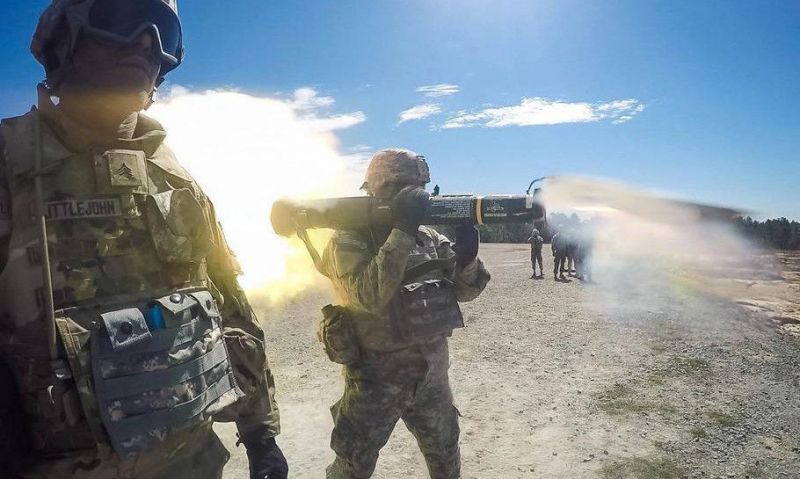
Researchers examined 225 autopsied brains from service members and veterans but lesions associated with CTE were found in only 10 brains examined, the study said.
Service members with a history of blast exposure or head trauma are not at elevated risk of suffering from a disabling brain condition common among football players and boxers, according to a study published in the June 9 issue of The New England Journal of Medicine.
Researchers examined 225 autopsied brains from service members and veterans for evidence of chronic traumatic encephalopathy, or CTE, a degenerative condition caused by repeated blows to the head that researchers have yet to fully understand.
Lesions associated with CTE were found in only 10 brains examined, with seven of those coming from service members who had no history of blast exposure or traumatic brain injury, the study said.
“All of those 10 cases had been exposed to contact sports, which is a known risk factor for CTE,” Dr. Daniel Perl, a coauthor of the study, told Stars and Stripes in a phone interview Thursday.
In addition, five of those 10 brains had single lesions that were “barely diagnostic,” said Perl, a professor of pathology at the Uniformed Services University.
“Being exposed to blasts is not a risk factor for developing CTE,” Perl said. “The major symptomatology that individuals who have been exposed to blasts are struggling with is not related to them having CTE.”
The brains examined had been donated by next-of-kin to the Defense Department’s Uniformed Services University Brain Tissue Repository in Bethesda, Md., from 2013 through 2021, the study said.
CTE arises from repeated blunt force trauma to the head and has been found mostly among athletes with long-time participation in contact sports such as American football, boxing, rugby and hockey.
A 2017 study published in The Journal of the American Medical Association examined the autopsied brains of 202 former American football players and found 87% had CTE.
Among the symptoms associated with CTE are memory loss, impaired thinking, impulsive or aggressive behavior, depression, suicidal thoughts and disruption of motor skills.
Many of those same symptoms are found among service members with a history of combat deployment, particularly those exposed to blasts, Perl said.
Thousands of troops suffered severe traumatic brain injuries during operations in Afghanistan and Iraq that began after the Sept. 11, 2001, terrorist attack on New York City and the Pentagon.
According to Defense Department statistics, 453,919 service members sustained mild to severe traumatic brain injuries from 2000 to 2021 during sport and recreation activities, military training and combat deployments.
With the emerging understanding of CTE over the past decade, many service members, veterans and their families have come to believe that the post-deployment symptoms are caused by that condition, Perl said.
“The primary reason we did this study was that it had been claimed that exposure to blast was a risk factor for CTE, that exposure to blasts essentially could cause CTE,” Perl said. “This was widely believed by service members as well as their health care providers.”
It had even become conventional wisdom among neurologists, despite no clear data supporting that conclusion, he said.
“I gave neurology grand rounds at one of the largest military treatment facilities that we have,” Perl said. “These are all neurologists who are dealing with this problem, trying to evaluate it and treat it.”
He said he had asked those doctors if they believed their patients who had returned from deployment were at risk for traumatic brain injury.
“Every hand went up,” he said.
“That’s not to say that the brain isn’t potentially damaged by exposure to blasts,” said Perl, whose ongoing research is continuing to pursue answers for service members and families affected by combat-related brain injuries.
“Just because you haven’t found CTE doesn’t mean that [the brain] doesn’t have pathology,” he said.
- Veterans Healthcare

